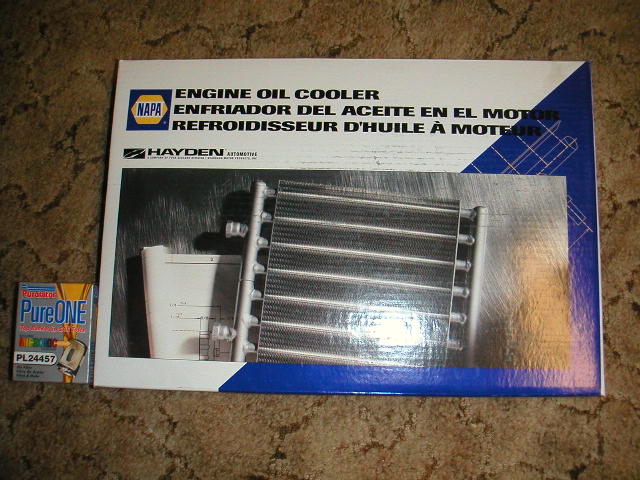
Any turbocharged car or truck owner should consider installing an oil cooler if they don't have one already. For me, it was essential to keep oil temps down so I could run more than one lap at a time on the racetrack. Cooler oil temperatures extend engine and turbocharger life and also help prevent damage due to "overheated" or "cooked" oil (which is rare; but it happens).
Many companies will sell you a "Racing oil cooler kit" for a slightly high amount of money. Whatever you buy, just make sure it's a heavy-duty unit made primarily for engine oil. Some transmission oil coolers are also used as engine oil coolers, and as I read and found, don't tend to flow nearly as well. I experimented with the different coolers NAPA sells (much to the irritation of the parts guy behind the counter) by measuring them, blowing through them and whatnot. I found what seemed to be the best unit they have was NAPA part number 1-7505, and is a nice, complete kit designed to fit just about any car. The best part is it's not badly priced; I walked out the door with the whole kit for under $140 with my discount. Compare that to the $200 some "racing" oil cooler kits sell for. Add to that the fact that this is close to if not the same exact unit I found many companies selling (mfd. by Hayden Auto) online.
Note: If you use this oil cooler kit, you will have to use a different oil filter with a larger diameter o-ring than the stock Z filter. The filter for a 98 Dodge Caravan works perfectly, and has a greater capacity than the Z filter anyway.

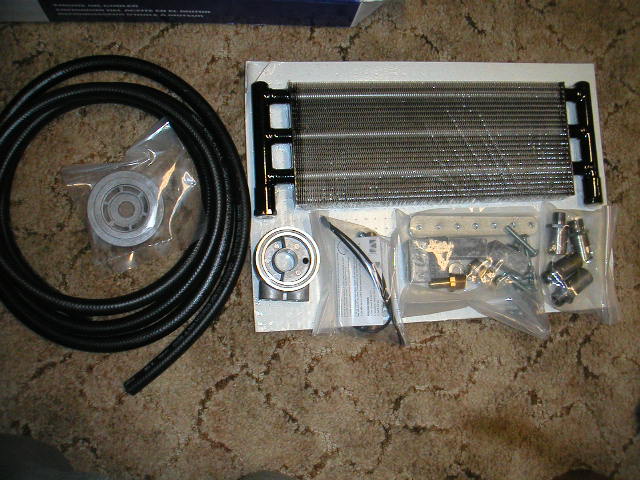
The cooler is plenty big and has parallel-flowing copper tubing with aluminum fins. It seems to be a perfect size for fitment between the radiator and intercooler on my car, with a good inch of room on either side. Maximum efficiency would be ensured by placing it in a location with its own direct ambient airflow, but this is hard given its size and the shape of the Z's nose. It can be very easily installed behind the radiator, however this will cut efficiency by roughly half. Lines can be run over the radiator (as I did) or under it by drilling a couple holes and mounting the cooler with the inlet/outlet facing down instead of up.
Shown Between intercooler and radiator:
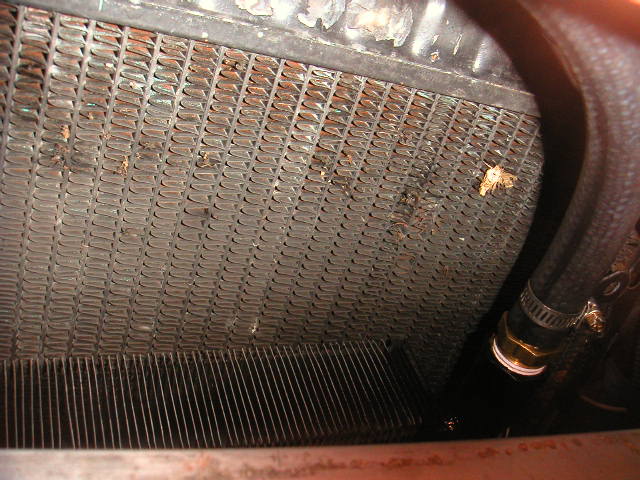
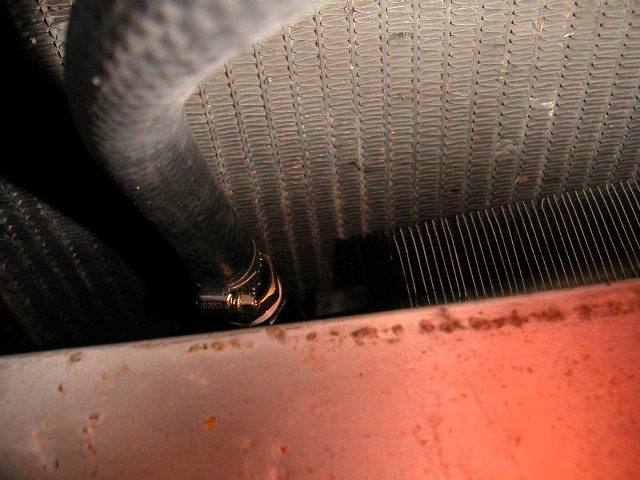
The unit is rather simple, and very easy to install. Just use the included mounting hardware to secure it to the radiator. The pictures should show most of it. Mine took about two hours to install because I had to remove the front bumper cover and intercooler first to get to the space in front of the radiator. Line routing:
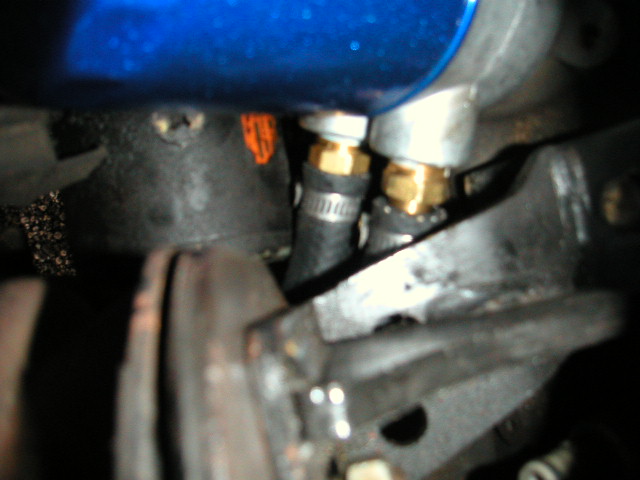
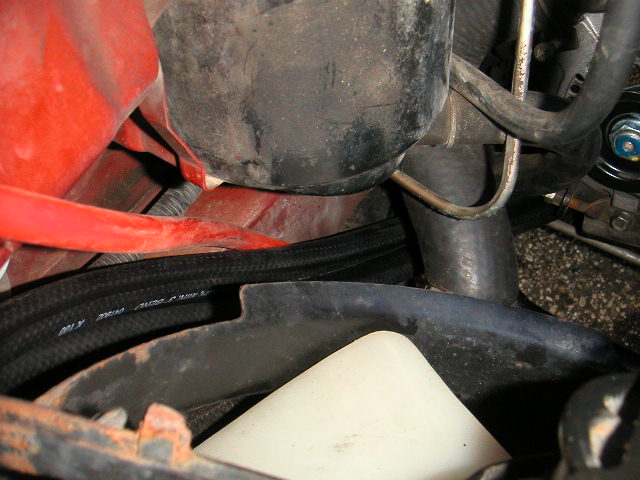
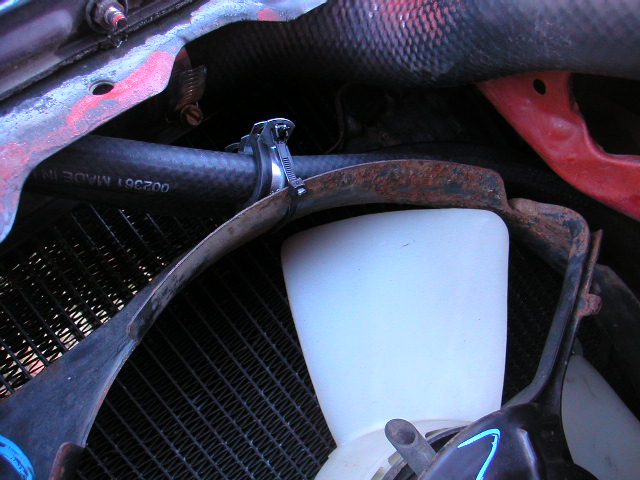
This should be self-explanatory, but here it goes anyway:
1. Remove starter
2. Remove oil filter
3. Install barb fittings into oil "routing" unit and bolt it where the filter goes (I found it best to orient the inlet/outlet facing forwards and slightly down, just between the engine mount bracket and the starter motor).
4. Install oil lines onto barbs and secure with supplied hose clamps.
5. Install (preferably new) oil filter.
6. Re-install starter.
7. Mount the oil cooler core to the radiator using supplied hardware.
8. Route hoses to cooler being very careful not to run them near anything they could rub against over time and eventually cause a leak.
9. Add 1/2 quart oil and run engine for 30 seconds, then add oil as needed.
I found the addition of the oil cooler added about 1/2 quart to my oil capacity, which is another small benefit. With the unit mounted in this location it should provide more than adequate oil cooling while racing.